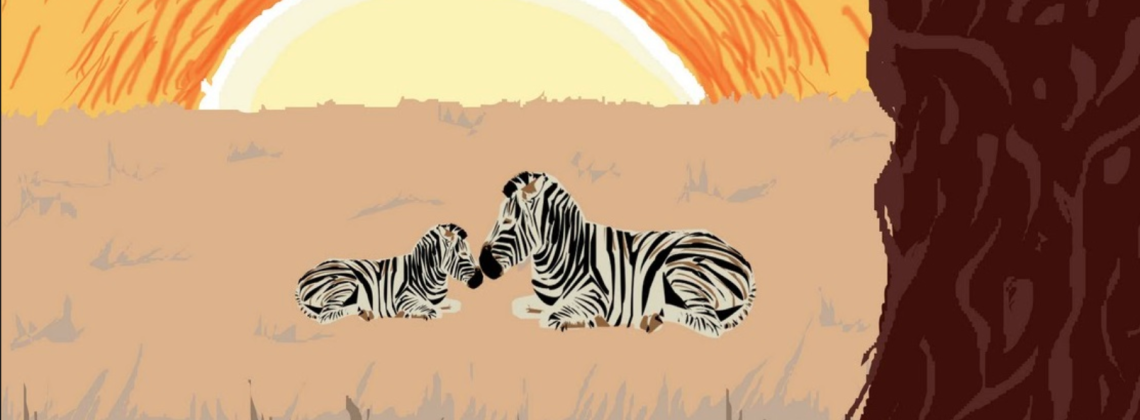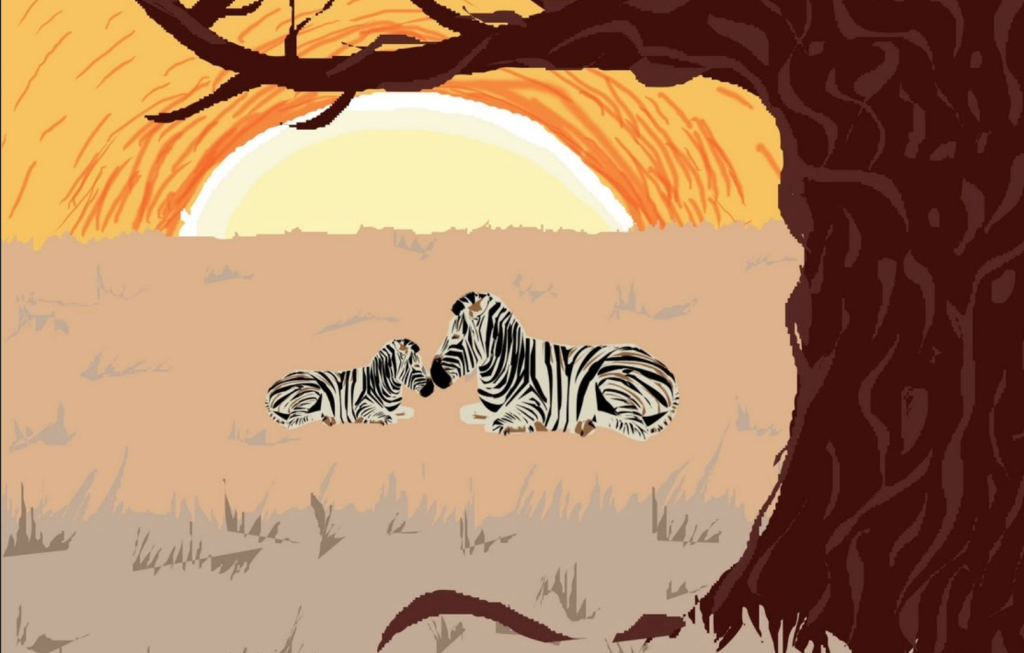

Revisiting the Barbara Kingsolver bestseller—in which a person becomes a parable
Barbara Kingsolver’s Demon Cooperhead has been widely acclaimed. It was named one of the Ten Best Books of 2022 by the New York Times, and we can expect that as 2023 unfolds it will appear on shortlists for literary prizes.
2023 is also a fitting moment to revisit Kingsolver’s bestselling The Poisonwood Bible (1998), which turns twenty-five this year. It is the story of the Price family. Nathan is a Southern Baptist pastor who in 1959 becomes a missionary to the Congo. He brings along his wife, Orleanna, and their daughters, Rachel (15), Leah and Adah (13-year-old twins), and Ruth May (5). The novel is narrated by these five women.
Despite refusing to do the required training, Nathan bullied the Southern Baptist Mission League into giving him their blessing and a stipend. He is thus the epitome of someone who doesn’t know what he doesn’t know. In a none-too-subtle metaphor, he won’t even adapt to Congolese culture when it comes to agriculture, but absurdly pretends like there is no such thing as different climates.
Human nature being what it is, there is no sin known to man that has not been committed at some time by some missionary. The problem with The Poisonwood Bible is not that it makes missionaries look bad; it’s that it makes novelists look bad.
It begins with an “Author’s Note” in which Kingsolver assures readers that she has done her research. This point is reinforced with a bibliography. Its twenty-eight sources are about understanding Africa: Ritual, Magic, and Initiation in the Life of an African Shaman, Venomous Snakes and Management of Snakebite in Southern Africa, and so on. There is not a single source listed, however, that could help Kingsolver understand the people at the center of her story: Southern Baptists.
Nathan is an “Evangelical.” What gets poured into this category is sometimes just weird. He believes that marital sex is wrong because “the Lord is watching”: The children were conceived in sinful moments duly repented of.
Nathan’s visceral anti-Catholicism rings true. Yet unwittingly Kingsolver makes the Prices far more Catholic than any Southern Baptists at this time could possibly be. Their “sacraments” not only include weekly “Holy Communion” served on an “altar,” they also feature, per Adah, her father’s “usual disturbing allusions to eating flesh and drinking blood.” The Easter service incorporates something approximating a medieval mystery play. Mary is referred to as “the Virgin Mother” or even “Madonna.” A comment by Rachel seems to reveal that they believe in Purgatory. Certainly, Orleanna is in dead earnest when she rebukes her: “I’m afraid this is your penance for sixteen years of pulling up your nose at my cooking.” Penance!
More fundamentally, according to Nathan’s gospel you earn salvation through righteous acts. God “will not forgive a debt.” Leah is trying to be his disciple and she understands that salvation is a reward for good deeds: “I want to live the right way and be redeemed.” Nathan has the New Testament memorized, but unlike every other Baptist minister in the history of the world he has apparently never paid attention to Ephesians 2:8-9: “For by grace are ye saved through faith; and that not of yourselves: it is the gift of God: not of works, lest any man should boast.” It would be psychologically convincing to depict a minister who—despite giving lip service to grace—really believes in earning salvation. But nothing so interesting or subtle is going on here. Nathan just straightforwardly preaches a gospel of works. Imagining a Southern Baptist minister who openly teaches salvation by works is like imagining a Baptist preacher who believes that the Apocrypha is the Word of God.
Which Nathan does too. Kingsolver knows this is not the Baptist way, but she imagines that it can be overlooked by his co-religionists as a “pet” view, when they would actually see it as an intolerable affront to sola Scriptura. To get the Apocrypha into Nathan’s hands, Kingsolver has his Bible of choice be Edgar Goodspeed’s “American translation.” She doesn’t grasp how obscure this version is. Hilariously, when Nathan meets another Baptist, he too can quote from the American translation from memory! Moreover, Goodspeed was a liberal who did not believe, for instance, that the apostle Paul was the real author of many of the New Testament letters that bear his name. In the King James Version, John 1:1 says that “the Word was God,” but in a classic liberal move to leave open the possibility of rejecting the deity of Christ, the American translation says “the Word was divine” (not even “Divine”). This is not a translation to warm the heart of an Evangelical.
A Southern Baptist who preaches justification by works and accepts the Apocrypha might as well not even take a Baptist view of baptism. And this is true of Nathan as well. Although for aesthetic reasons he prefers immersion in a river, he not only believes that sprinkling is permissible but practices it himself—so much so that “sprinkling” becomes a term used by the villagers for baptism. Nathan might even believe in infant baptism: He tells the village mothers that their children who died in a plague would have been saved had they been baptized, and we are told that some of the dead were “babies.” He unquestionably believes in the very un-Baptist doctrine of baptismal regeneration. Eventually, Nathan goes around shanghaiing children into “the miracle of baptism” (by sprinkling) without the least need for them to first give a profession of faith. He believes that they have thereby received salvation.
You would think a novelist would at least get literary genres right, but Kingsolver has the strange tic of referring to every scriptural passage as a parable: “the parable of Daniel and the lions’ den,” “the parable of Job,” “the parable of the loaves and fishes.” By the time Nathan is running around pronouncing the baptismal formula over unsuspecting children he is, of course, not in his right mind. Every voice agrees that if he was not already “crazy” when he arrived in the Congo, he eventually became so. You might think that we would be invited to have some sympathy for a man suffering from mental illness, but that is far from the case.
The reason we are not allowed to respond to “the Reverend” with compassion seems to be the same reason Nathan ends up being an impossible jumble of Catholic and anti-Catholic tendencies, of anti-liberal and liberal preferences, of salvation by both works and baptism. It is because he is not a person at all. He is a Parable. He is American Foreign Policy. He is Christianity. He is Capitalism. He is Colonialism. Kingsolver works so hard to keep Nathan from being a fully realized character (with the accompanying danger that one might sympathize with him) that even his own family sees him, bizarrely, as just an abstraction, a type, a parable. His wife muses that “his kind will always lose in the end”—as if Nathan is just a sermon illustration (which is, of course, all he is). Leah likewise sees her father as merely a parable of cultural imperialism, as “just one of a million men who never did catch on.”
Don’t get me wrong: I also dislike missionaries who don’t know what they don’t know. I just feel the same way about novelists.
Timothy Larsen teaches at Wheaton College and is an Honorary Fellow at Edinburgh University. He is the author of John Stuart Mill: A Secular Life and the editor of The Oxford Handbook of Christmas. He is currently working on a book about military chaplains who served in World War I.
Ka-boom. 25 years ago when everyone was reading this I was mighty tempted. In part because at that time I was doing a lot of American religious history, and figured it would be a good idea for me to see what the regular, non-historian, folks out there were being exposed to. But my general skepticism about the wisdom of devoting time to recent fiction, and busy-ness with more pressing matters, kept me away long enough for the enthusiasm to blow over. Thanks to Prof. Larson, I feel very vindicated indeed, and now I shall celebrate by eating a donut.
I read it and I liked it. I went on to read most of her other books.